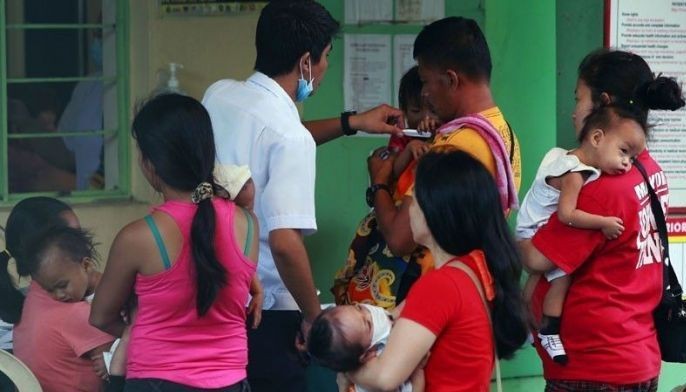50% of AIDS victims eligible to have antiretroviral therapy accessing treatment
MANILA, Philippines - Fifty percent of AIDS victims who are eligible to take advantage of the antiretroviral (ARV) therapy access the “lifesaving treatment,” a report of the Joint United Nations Programme on HIV/AIDS (UNAIDS) said.
In the report, UNAIDS said the number of new HIV cases and AIDS-related deaths “have fallen to the lowest levels since the peak of the epidemic.” The incidents have fallen by 21 percent since 1997 and 21 percent since 2005.
“Even in a very difficult financial crisis, countries are delivering results in the AIDS response…We have seen a massive scale up in access to HIV treatment which has had a dramatic effect on the lives of people everywhere,” said UNAIDS executive director Michel Sidibé.
UNAIDS and the World Health Organization have estimated that 6.6 million or 4.7 percent of 14.2 million people with HIV who are eligible for ARV therapy in low and middle-income countries underwent treatment in 2010. This is higher than 1.35 million since 2009.
ARV is a mixture of drugs taken by people with HIV to slow down the progression of the virus to AIDS.
Studies have shown that the treatment can be up to 96 percent effective in preventing HIV transmission among couples.
UNAIDS has described 2011 as a “game changing year for the AIDS response with unprecedented progress in science, political leadership and results.”
At the end of 2010, 34 million persons were infected with HIV, 1.8 million of whom died. The number of new infections then had reached 2.7 million.
The report showed that the ARV treatment had averted some 2.5 million deaths in low- and middle-income nations since 1995.
“People living with HIV are living longer and AIDS-related deaths are declining due to the lifesaving effects of antiretroviral therapy,” the UNAIDS added.
There has also been progress in HIV prevention with new infections going down significantly or stabilizing in most parts of the world.
In sub-Saharan Africa, the number of new HIV cases has dropped by more than 26 percent, from the height of the epidemic in 1997.
South Africa, which previously had the largest number of new infections, recorded a decline in new cases by 40 percent between 2006 and 2010.
The number of new HIV infections continues to rise in Eastern Europe and Central Asia, Oceania and Middle-East and North Africa but has remained stable in other regions in the world.
The report said the decline in new infections are caused by changes in sexual behavior, particularly in young people, as they reduce the number of sexual partners, increase condom use and wait longer before becoming sexually active.
HIV cases also declined as more males are circumcised.
Sidibé said UNAIDS has mapped out a new framework for AIDS “investments” to curb the rise in the number of infections more effectively.
“The investment framework is community driven not commodity driven. It puts people at the center of the approach, not the virus,” he said.
The new approach is expected to achieve “extraordinary results.” Between 2011 and 2020, 12.2 million new infections are expected can be averted, including 1.9 million among children, while 7.4 million AIDS-related deaths would be avoided.
The framework is based on six essential aspects — focused interventions for key populations at higher risk (particularly sex workers and their clients, men who have sex with men, and people who inject drugs); prevention of new HIV infections in children; behavior change programs; condom promotion and distribution; treatment, care and support for people living with HIV; and voluntary medical male circumcision in countries with high HIV prevalence.
“For the framework to be effective, program activities must recognize critical enablers, such as reducing stigma, respect for human rights, creating a protective legal environment and capacity building for community based organizations, which are crucial to overcoming the barriers to successful program outcomes,” the report said.
- Latest
- Trending
































